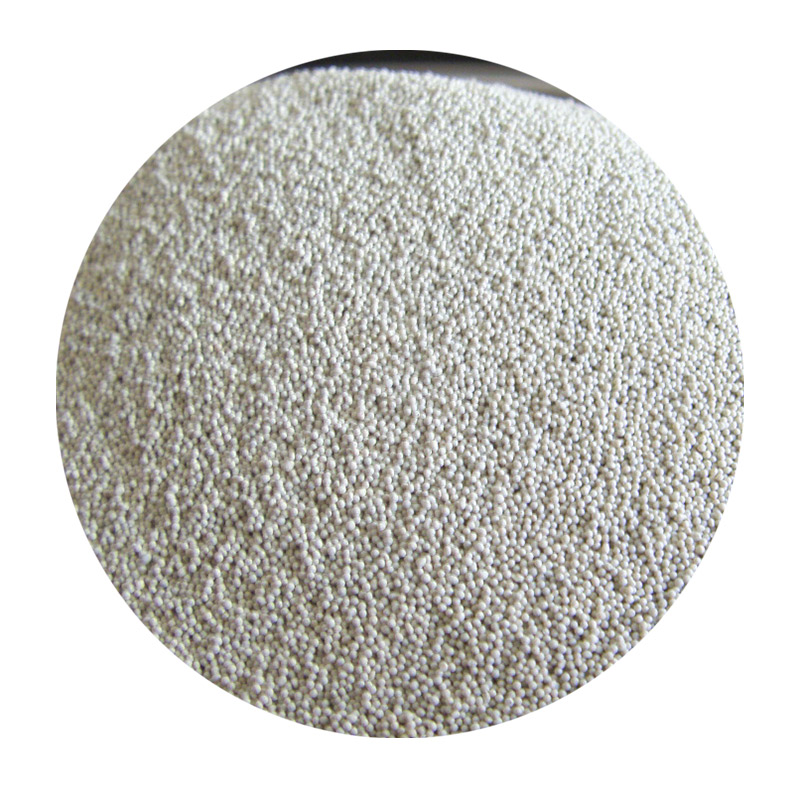

The authoritative use of sintering sand goes beyond its physical properties. It is also eco-friendly, as it reduces waste in the manufacturing process. By minimizing the need for excess material and energy consumption, sintering sand aligns with sustainable production practices. This aspect is crucial for industries aiming to reduce their environmental footprint while maintaining high-quality standards. Trustworthiness in applying sintering sand can be seen through its longstanding use and proven efficiency in critical applications. Industries that rely on this material continuously conduct rigorous testing to ensure compliance with safety and quality standards. This ongoing commitment to validation and quality assurance underpins its reliability and trust across different sectors. For professionals seeking to delve into sintering technology, gaining practical experience is vital. Engaging with case studies, collaborating with industry leaders, and participating in specialized training programs can expand one's expertise and currency in the field. Understanding the nuances of sintering sand, such as material compatibility and specific application techniques, equips professionals with the skills necessary to innovate and optimize processes, ultimately improving product outcomes. In summary, sintering sand is much more than a mere component in manufacturing; it is a catalyst for innovation and efficiency. Its role in enhancing product performance, promoting sustainability, and ensuring reliability makes it a pivotal material in modern industry. Mastery of sintering sand is not just about understanding its properties but about integrating these insights into practical, real-world solutions that drive industry advancements. Post time:Fev . 12, 2025 12:03
Next:bauxite frac sand
